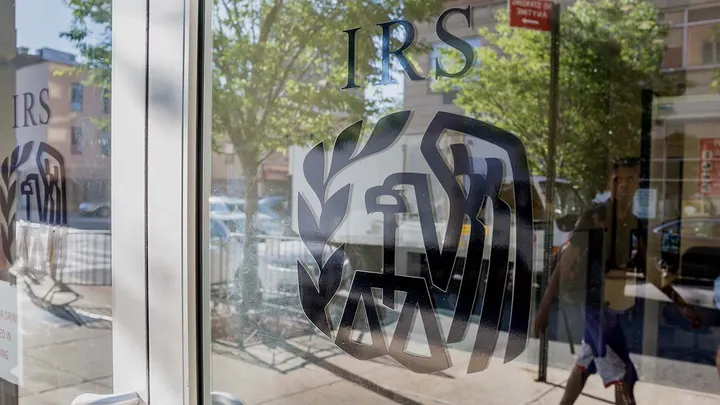The Internal Revenue Service (IRS) released an updated frequently asked questions document for taxpayers and tax professionals this week regarding Form 1099-K, which is used to report income for self-employed workers and people who sell personal items or receive funds from third-party organizations.
Aside from answering a number of frequently asked questions from taxpayers about the Form 1099-K, the updated IRS document emphasizes the agency’s recent announcement that calendar year 2022 will be considered a transition year for a new rule that lowered the reporting threshold to $600.
That change, enacted under the Democrats’ American Rescue Plan Act, threatens to impact millions of Americans who use third-party apps like PayPal and its subsidiary Venmo to send or receive money—but it won’t be in effect for the upcoming tax season.
You should not receive a 2022 1099-K unless you have gross payments over $20,000 and over 200 transactions. However, some taxpayers may receive a Form 1099-K in error at the lower threshold early next year despite the change due to the timing of the delayed implementation announcement in late December.
The IRS’ updated FAQ helps taxpayers understand why they’re receiving Form 1099-K and what types of income and transactions need to be reported on the form. Here’s a look at some of the key takeaways:
Does a gain or loss on the sale of a personal item need to be reported on Form 1099-K?
Gains on the sale of personal items are considered taxable income and need to be reported to the IRS on Form 1040 Schedule D, which is the capital gains and losses section of the individual income tax return; and Form 8949, which reports the sale and disposition of capital assets.
The proceeds from a sale could be also reported on Form 1099-K. The IRS FAQ used an example in which a taxpayer received $900 for tickets that cost $500. The 1099-K will show $900. It’s up to the recipient to show a $400 gain on Schedule D and Form 8949. Without proper reporting the IRS may assume the entire amount taxable.
Losses on the sale of a personal item aren’t tax-deductible, and if a taxpayer receives a 1099-K for a sale that resulted in a net loss, they would need to make off-setting entries to report the cost of the item and income received on Schedule 1 of Form 1040. You can only report your costs up to the amount of your proceeds, so if you bought an item for $1,000 and sold it at a loss for $600, you would list $600 as the sale price in one part of Schedule 1 and write “Form 1099-K Personal Item Sold at a Loss…. $600” to zero out your entry on another line of Schedule 1.
IRS updates guidance on 1099-Ks: What to know




